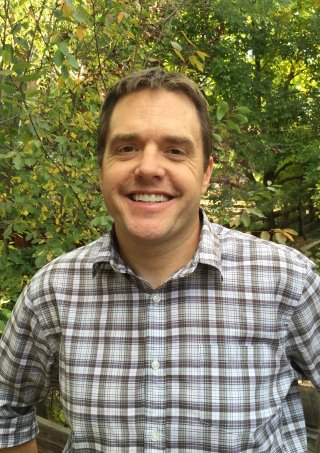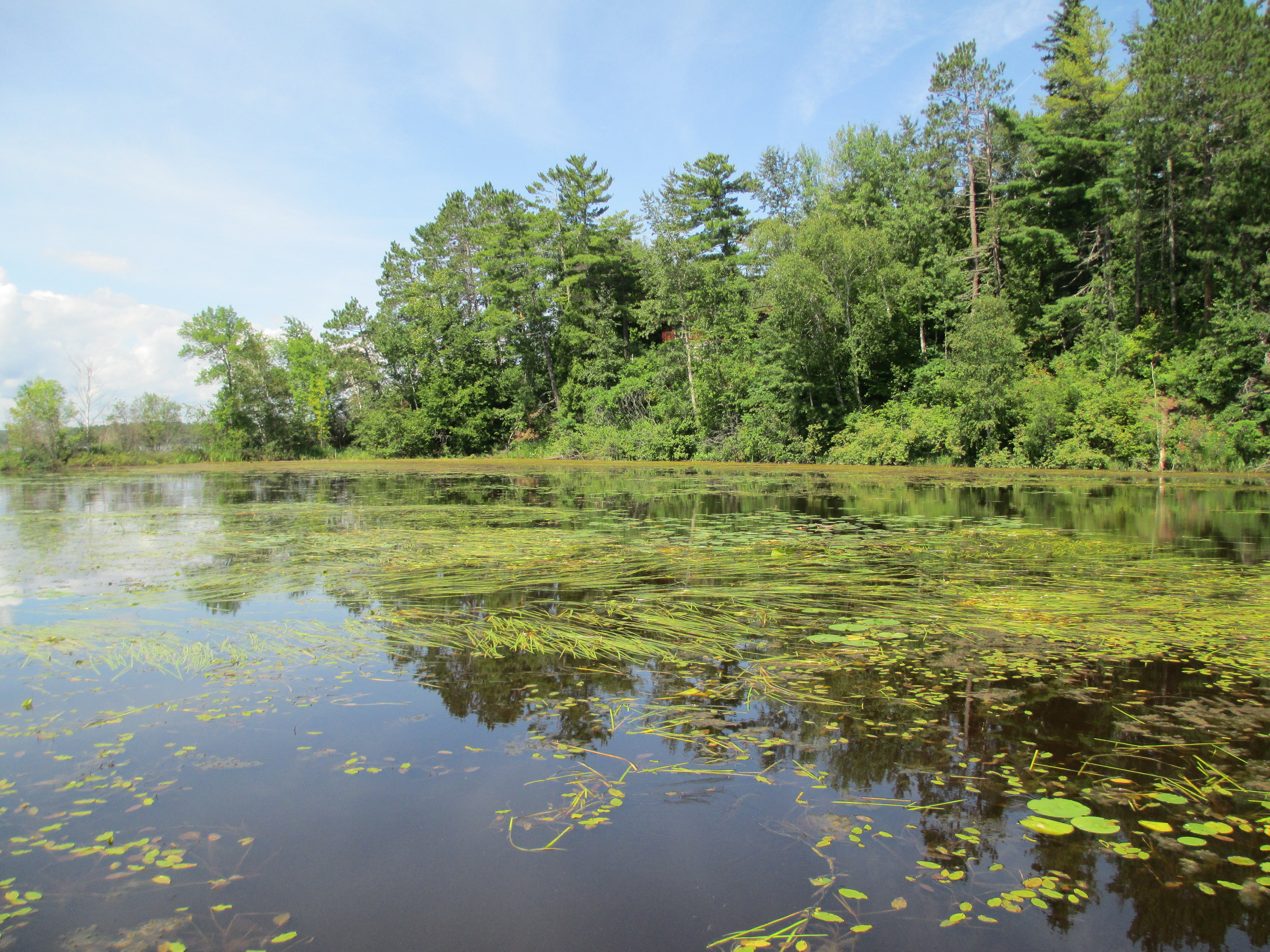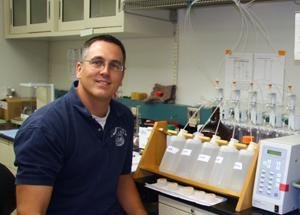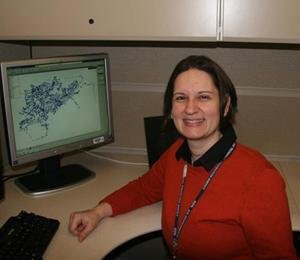EPA Researchers: 2017 Reflections and Hopes for 2018
Happy New Year! EPA researchers were hard at work this past year. Here’s what some of them were most proud of in 2017:

“In February 2017, we kicked off a small demonstration and “real world” test of the LeanPath 360 food waste characterization technology with the US Army at Ft. Jackson, South Carolina. The project helped the Army better understand how overproduction and food preparation practices contribute to food waste in Army-operated dining facilities. More importantly, we also worked with the City of Columbia and State of South Carolina Officials to facilitate donations of the unused food identified in our project. During the project over 6 TONS of food (roughly 35% of the total food waste produced) were donated to local food banks, and were therefore diverted from landfill. It was such a great feeling to be part of a science project that also gave back to the local community in such a meaningful and measurable way!” -- Michael Nye, Sociologist

“For 2017, I am most proud of our research team for hosting fellow researchers from other EPA offices and regions, along with staff from Minnesota Pollution Control Agency and Wisconsin Department of Natural Resources, in Duluth this past August. This amazing group of dedicated environmental scientists traveled from across the country to work together for two weeks to complete an exhausting, thorough, and extremely rewarding assessment of contaminant bioaccumulation in the St. Louis River Area of Concern.” -- Joel Hoffman, Research Biologist
Read more about Joel's work in Staging a Comeback Along the St. Louis River.
“I am very proud of the recent National Academy of Sciences review of ORD’s Science to Achieve Results (STAR) research program. They found that the STAR program has been integral to EPA’s efforts to address evolving environmental research priorities, and that these efforts have been of benefit to the public.” -- James Gentry, Supervisory Physical Scientist
“I’m most proud that Million Hearts, a joint CDC and Centers for Medicare & Medicaid Services initiative to decrease the number of heart attacks and strokes in the U.S., acknowledged air particle pollution as a modifiable risk factor for heart disease. Million Hearts also adopted EPA’s Air Quality Index and the Healthy Hearts program as part of their communication strategy.” -- Wayne Cascio, Doctor and Health Scientist
“I am very honored to be part of a world class research organization –the National Homeland Security Research Center (NHSRC), EPA’s Office of Research and Development, and EPA. Personally, I am very proud to have joined NHSRC permanently this year. Here, I have the privilege to work with amazing research and business operations staff providing critical information and tools to support our Nation’s ability to respond to man-made and natural disasters. While we had many technical and operational accomplishments this year, I am most proud of the people I get to work with every day.” -- Brian Kleinman, Deputy Director for Management of the National Homeland Security Research Center
“I’m most proud of the work on urban sustainability using the Chicago metropolitan area as a living laboratory. This is an active collaboration between EPA, the Chicago Metropolitan Agency for Planning (a local government agency), and the Metropolitan Planning Council (a local NGO).” -- Heriberto Cabezas, Chemical Engineer
“Having the opportunity to work with a public corporation in San Juan, Puerto Rico called Proyecto ENLACE del Caño Martín Peña on a Smart Growth Implementation Assistance project for the Caño Martin Peña, a 3.75-mile long tidal channel located within the San Juan Bay Estuary. We developed conceptual green infrastructure designs for the Caño Martin Peña communities to mitigate urban flooding impacts. I’m proud that this work will assist Puerto Rico with its recent hurricane recovery efforts.” -- Jason Bernagros, Landscape Architect

“Making a difference to protect human health and the environment in our efforts on the Cape Fear River in North Carolina to identify and measure polyfluorinated compounds in surface and drinking water. Follow-up work for monitoring and source elimination and/or reduction happened rapidly as a result.” -- Mark Strynar, Chemist
“As a group of volunteers from EPA and outside collaborators, we have been developing a simplified indoor air chemistry simulator (we call it SIACS, in fact) to study air pollution exposures where people actually spend the vast majority of their time. This year, we went from just tedious and fragmented lines of code to a product that can actually be run, if you have the data. I’m proud of all the energy, dedication and expertise our small band of volunteers was able to focus in essentially our spare time, and I’m looking forward to applying this product to real public health questions in 2018.” -- Vito Ilacqua, Physical Scientist
And here is what they are looking forward to in the next year:

“I plan on doubling down my efforts to complete multiple publications on collaborative research designed to assess the water quality benefits of stream and watershed restoration in the Chesapeake Bay region. This research is especially exciting because I’ll be able to help resource managers at States and Municipalities who are trying to improve the environmental condition of urban and suburban landscapes, especially where stormwater management is a primary concern.” -- Paul Mayer, Ecologist
“I’m looking forward to being a great mentor for the post-graduate research fellows at EPA next year.” --Jason Bernagros, Landscape Architect
“I’m looking forward to a model-driven scenario-based urban planning tool. Is this a scientific version of the famous computer game SIMCITY beloved in the 90s?” -- Jeff Yang, Physical Scientist
“I want to spend more time in the lab and less time on conference calls and meetings.” -- Mark Strynar, Chemist
“I’m looking forward to improvements in our understanding of monoterpene chemistry. Monoterpenes are VOCs emitted from vegetation including pine trees and interact with oxidants, both naturally occurring and man-made. The role of monoterpene chemistry in contributing to particulate matter mass is something we have been aware of for decades, but only now are we able to get robust constraints on the magnitude of its role.” -- Havala Pye, Research Physical Scientist
“While Acting Director of the National Health and Environmental Effects Research Laboratory, my 2018 resolution is to support the scientific effort of each and every member of the Lab to the best of my ability every day.” -- Wayne Cascio, Doctor and Health Scientist
